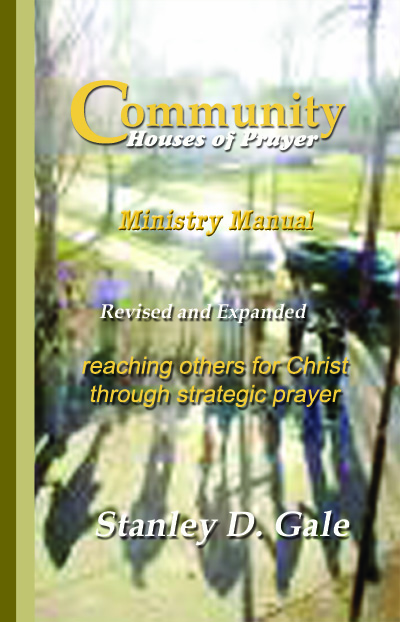-
The Road Less Taken
Have you ever seen those “Coexist” bumper stickers? They are quite clever. The designer included various symbols of world religions to spell the word “coexist.”
- A crescent moon representing Islam forms the letter C
- Lines within the O make it a peace sign
- E has the symbols for male and female attached to it, suggesting equality
- The crossing lines of a star of David for Judaism replaces the X
- The I is formed by a pagan or Wiccan symbol
- The curves of S look like the Chinese yin-yang symbol
- The final letter, T, is the symbol of the cross representing Christianity
As we think our Lord’s thoughts after Him, what are we to make of its message? It depends. If the message is to promote the religious freedom we enjoy in this country under our Constitution, then it’s certainly something we can endorse.
If the meaning is to seek to get along with people of different religious beliefs, that’s something we can surely agree to. After all, doesn’t our Lord Jesus call us to love our neighbor? We are to love others, and treat them with respect as image-bearers of God. We’re not to love those just like us, who believe like we do or look like we do.
But if the meaning of the Coexist bumper sticker is that all religions are equally valid for salvation, then we must object. If it is saying that Christianity is one option among many as a road to eternal life, we cannot agree.
Our Lord Jesus sorts it out for us in the Sermon on the Mount.
Enter by the narrow gate. For the gate is wide and the way is easy that leads to destruction, and those who enter by it are many. For the gate is narrow and the way is hard that leads to life, and those who find it are few. (Matthew 7:13-14)
Jesus speaks of two roads. He notes for each the destination (destruction or life), road conditions (easy or hard), traffic congestion (many or few) and entranceway (wide or narrow gate). These two roads head in opposite directions. Everyone is on one route or the other.
What are these two routes? Our Lord makes reference to them in the Sermon on the Mount. That body of teaching has to do with the kingdom of God. The route to life is the King’s highway of His redemptive kingdom. The other winds its way through the world, a world that will one day be destroyed. Ultimately, of course, Jesus is the entrance (John 10:7-9) and is Himself the way (John 14:6). Jesus is telling us about Himself as Messiah.
Why would anyone not enter the narrow door onto the route to eternal life? Who would remain on a road that leads to destruction? There is a theological answer to those questions, but that’s not in view in this context. The answer has to do with rejection of the gospel of the kingdom, rejection of the claims of Christ and refusal to bow the knee before Him as the Messiah of God. Think of people you know who renounce biblical Christianity. They refuse to humble themselves before God. Instead, they harden their hearts, refusing to believe the gracious warning of Christ. Either they are their own Christs (believing they are able to save themselves) or adopt a version of Christ according to their own liking, a version that cannot save.
In citing these two ways, Jesus is making a claim about Christianity. But He is also making a statement about every world religion. The world despises the claims of Christianity. Certainly, when we speak of Jesus as the only way in our post-modern society, we are reviled by the world—labeled haters, intolerant and bigoted. It is true, Christianity is exclusive. God has provided no other way of salvation. Jesus makes that clear here. But it is inclusive in that it is open to all who will believe. That’s how Jesus begins: “Enter by the narrow gate.”
When I use Google Maps to get from here to there, a colored map pop ups on the computer screen. It shows a starting point and an ending point. Between those two points a bold blue line plots out a route to take me from start to finish. That line follows the various roads. By clicking “directions” I am given a turn-by-turn chart, complete with mileage between each turn.
Also on that map that pops up are a couple of lighter blue lines. These are alternate routes. I can move my cursor over an alternate route and it shows me the difference in time and mileage, and gives me a turn-by-turn chart for that route if I select it.
This world is filled with multiple routes. Despite appearances, they all head in the same direction, ending in the same destination. They all share one thing in common. They are routes in the world, a world that will one day perish. Jesus graciously points us to an exit ramp, to a kingdom that will endure.
Jesus Himself is that route. He is the way, the truth and the life. No one comes to the Father apart from Him. There is no escape from destruction apart from Him and His saving work. The map summary of the Apostle John is this:
For God so loved the world, that he gave his only Son, that whoever believes in him should not perish but have eternal life. Whoever believes in the Son has eternal life; whoever does not obey the Son shall not see life, but the wrath of God remains on him.
———————-
If you’d like to understand the construction of the road to life, click here.





